Project abandonments surged 9.5% in March of 2025, with private sector work hardest hit. The hike stems from tariff uncertainties.

In The News
ARTICLES



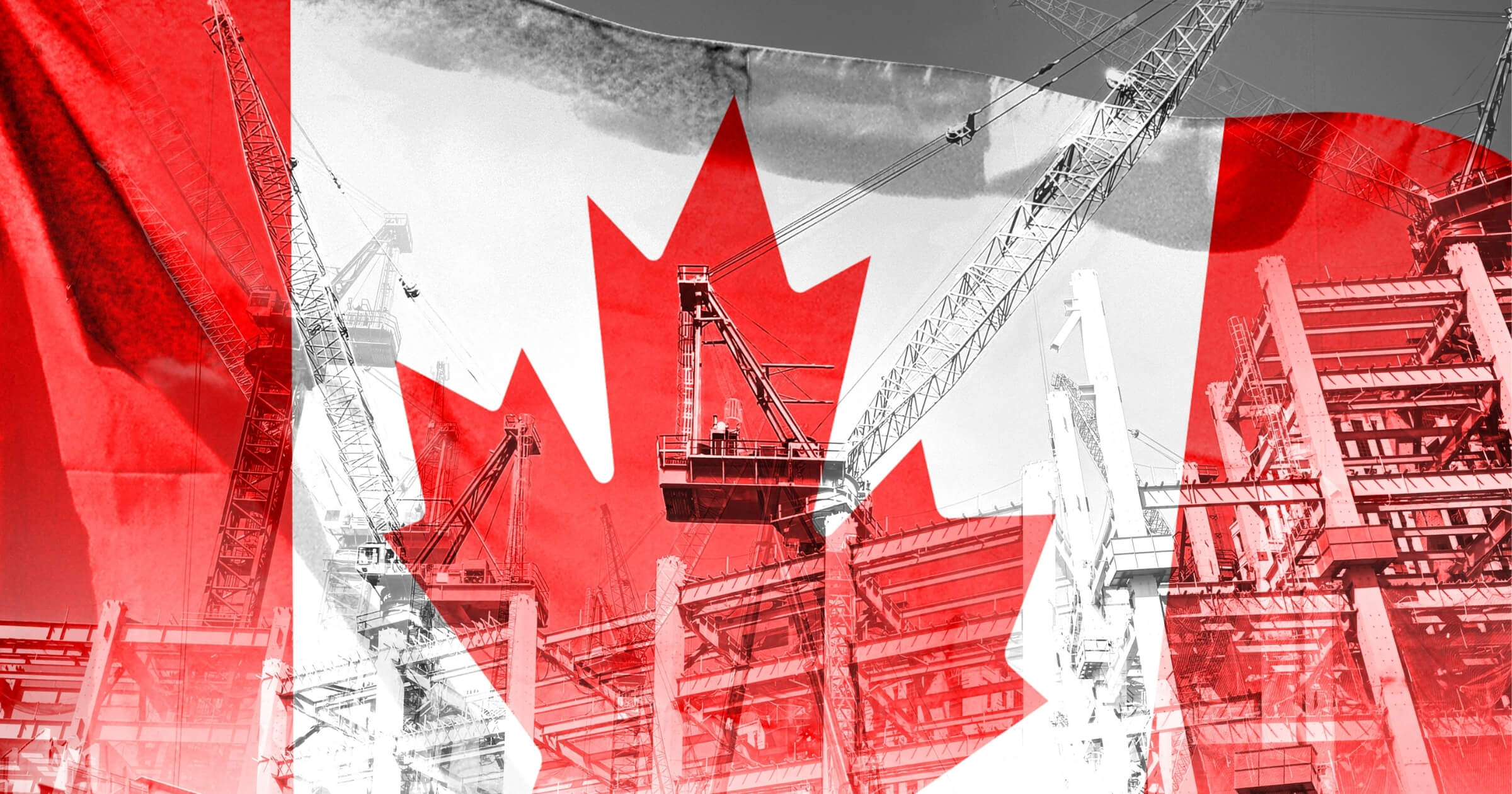
What Mark Carney’s agenda means for the construction industry
June 17, 2025
Mark Carney’s Liberal government plans to reshape Canada’s construction sector by increasing funding on housing and reducing zoning laws.

Population and housing starts are behind Canada’s affordability crisis
June 13, 2025
Canada’s housing starts have stayed flat since the 1970s, while the population has tripled, driving Canada’s housing affordability.
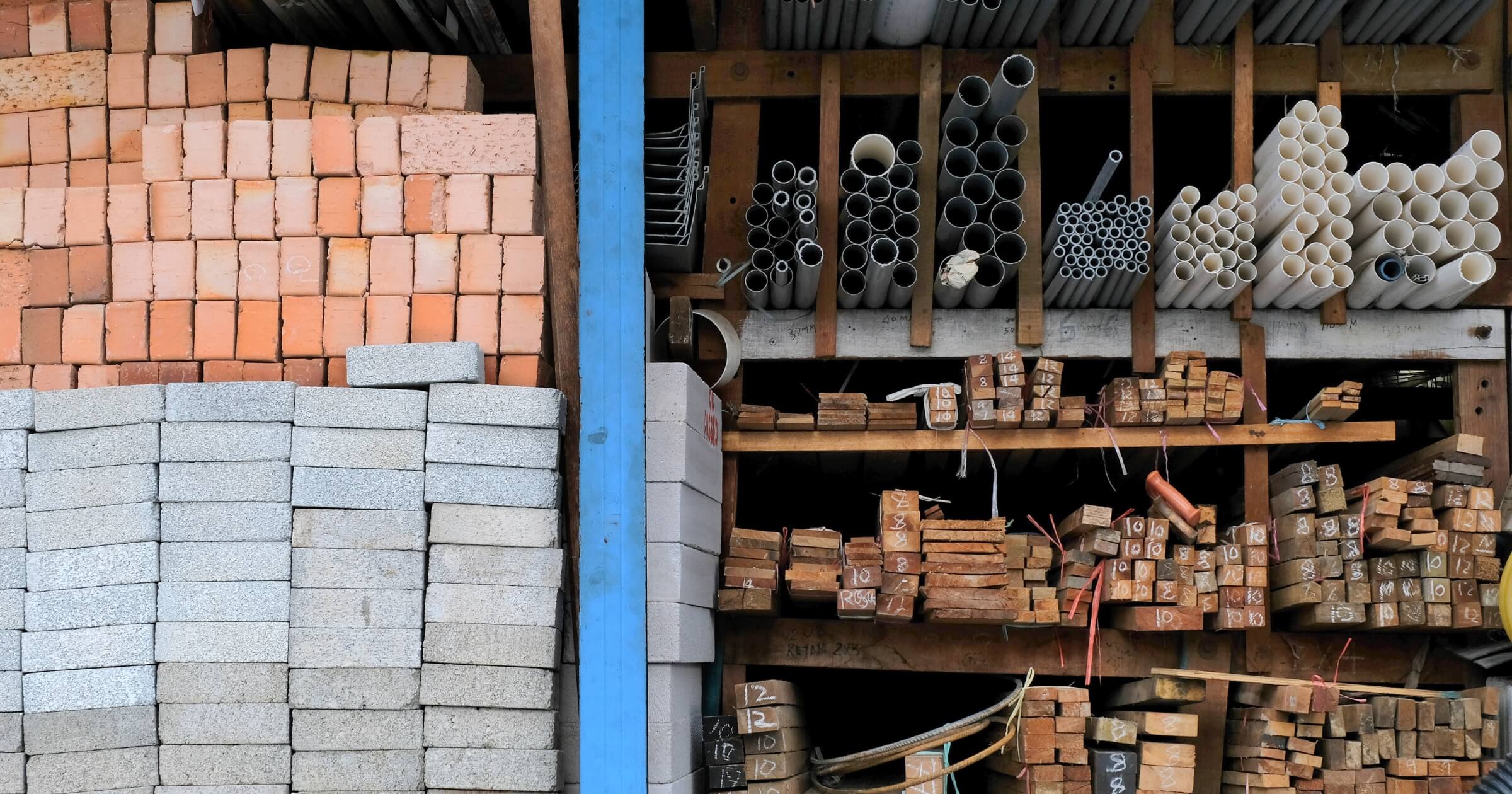
Tariff pressure continues to drive construction materials costs up
June 10, 2025
Construction material costs have risen for the third consecutive month so far, thanks to tariff uncertainties clouding pricing strategies.

Nvidia will pour $500B into US AI supercomputer construction
June 6, 2025
Nvidia is expected to spend $500 billion into building AI chips and supercomputers in the U.S. fueling a major manufacturing boom in tech.

Ontario’s $955M skills development fund aims to protect trades jobs
June 5, 2025
Ontario expands Skills Development Fund by $955M to protect trades workers from U.S. tariff pressures. Learn what it means for employers.
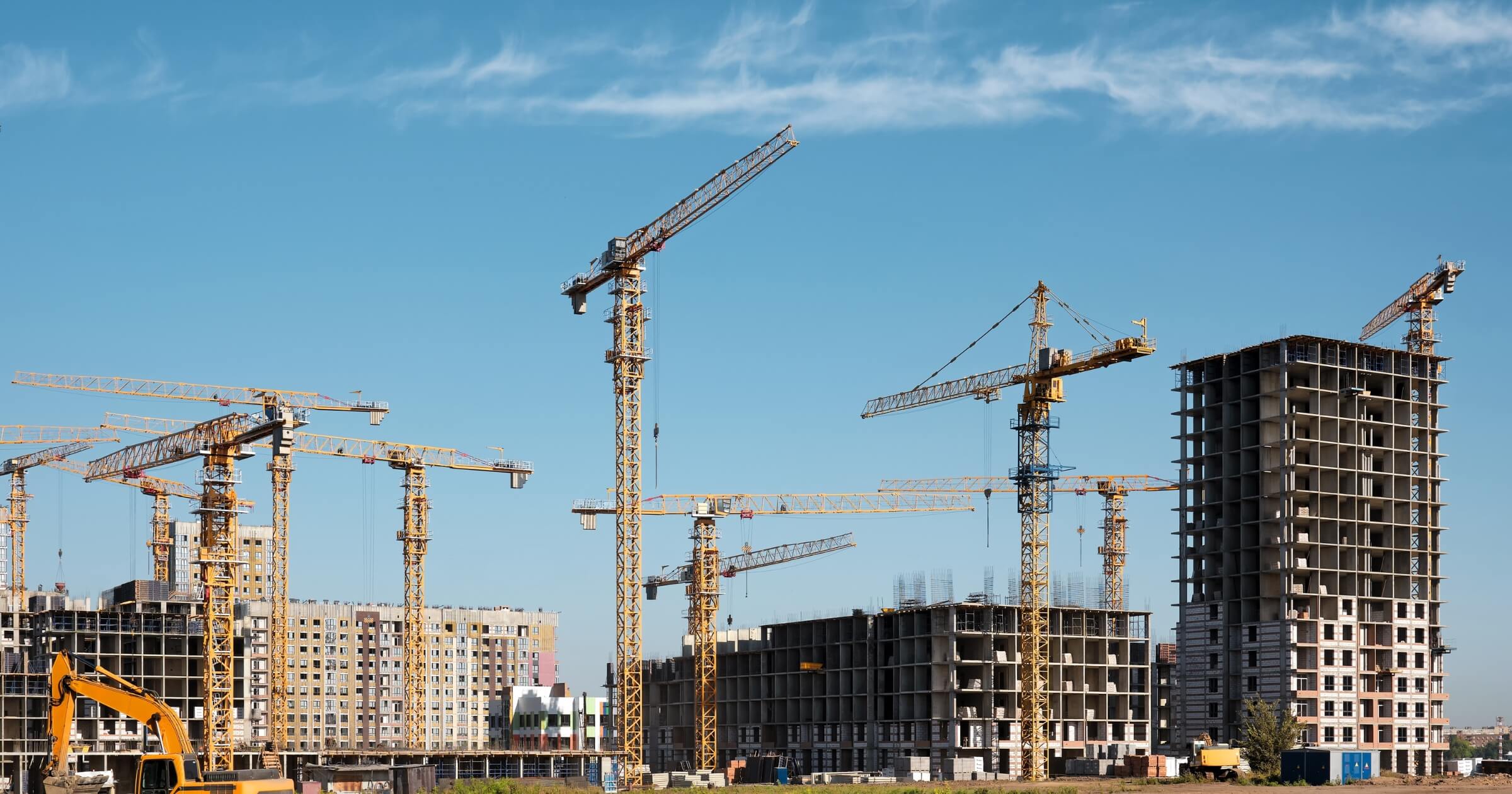
Project abandonments spike in 2025 with private sector hit hard
June 3, 2025
Project abandonments surged 9.5% in March of 2025, with private sector work hardest hit. The hike stems from tariff uncertainties.
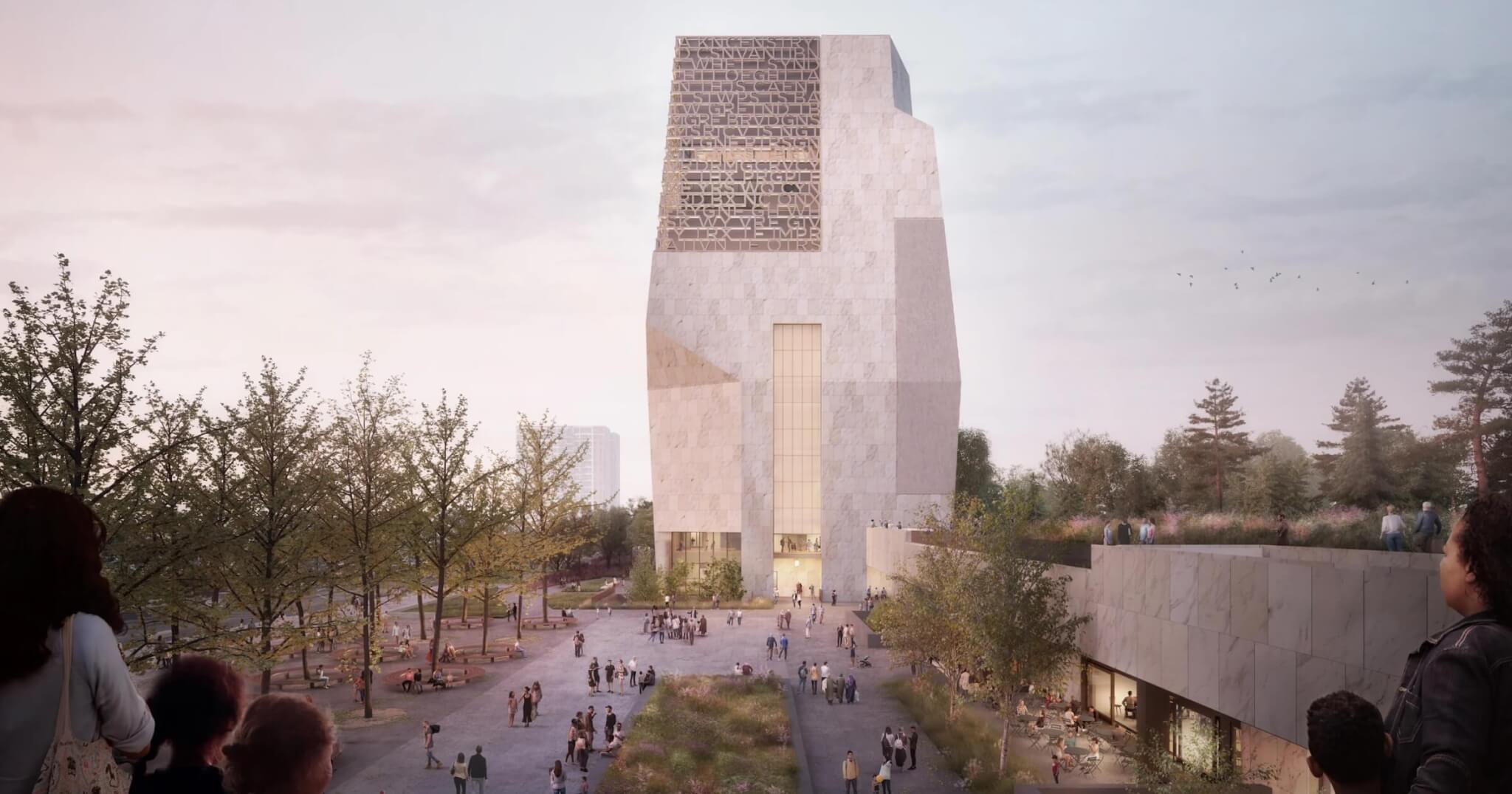
The Obama Presidential Center is nearing completion in Chicago
May 30, 2025
The Obama Presidential Center in Chicago’s Jackson Park is being built to honor civic leadership and community engagement, with completion expected in 2026.

AECOM joins forces with LA28 for the 2028 Olympics
May 23, 2025
AECOM’s expertise in sports infrastructure will shape the Los Angeles 2028 Olympics, improving venues and athlete experiences.
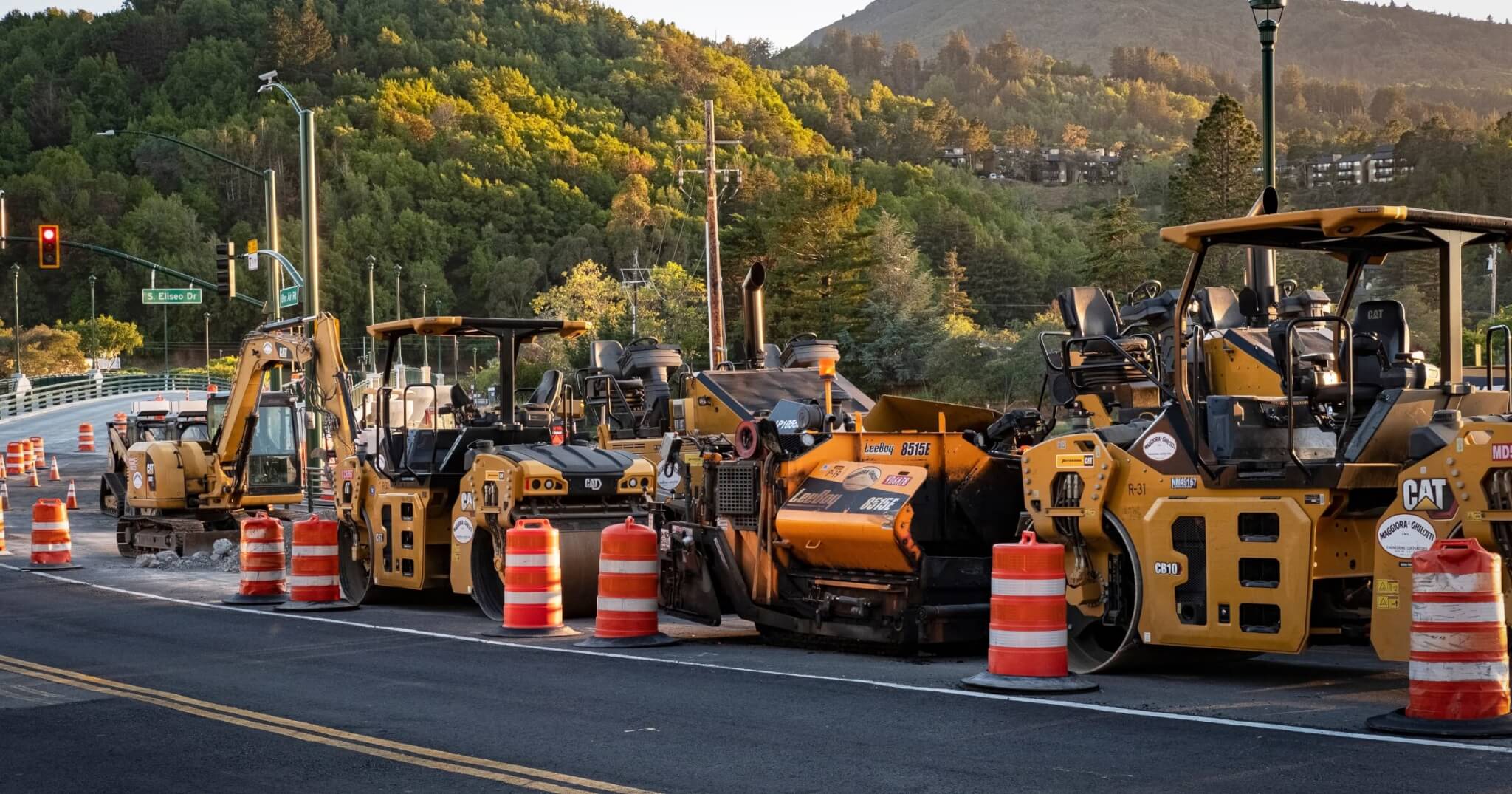
Nonresidential construction spending hits all-time high
May 20, 2025
Nonresidential construction spending surged to a record high in February 2025, driven by government spending on infrastructure.

More meatballs, more savings: Ikea to open eight new U.S. stores
May 16, 2025
Ikea is bringing eight new stores to the U.S. this spring and summer, including locations in Pennsylvania, Maryland, and California.
